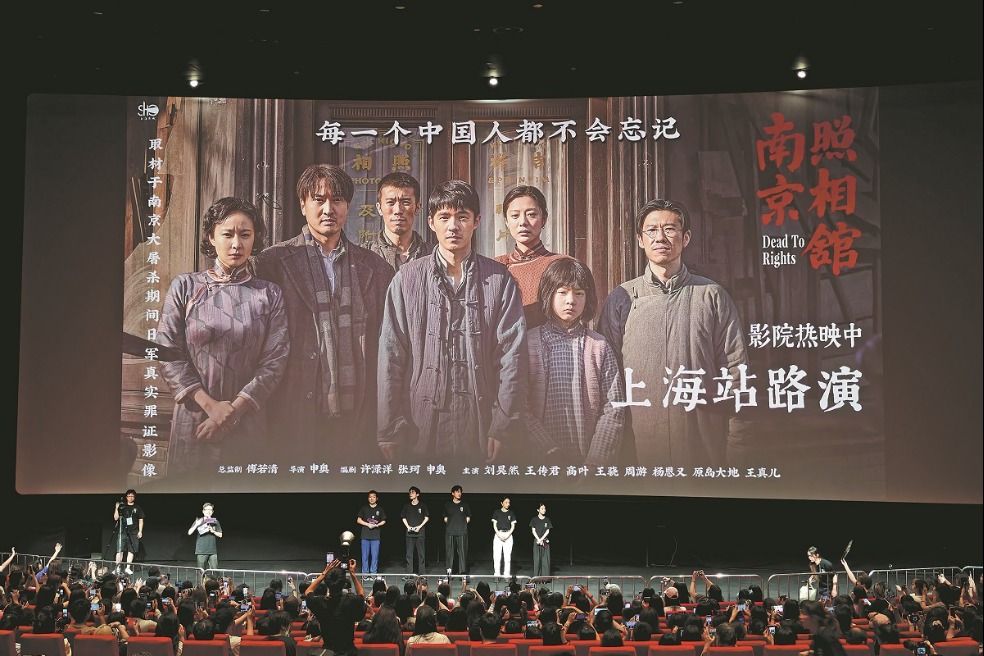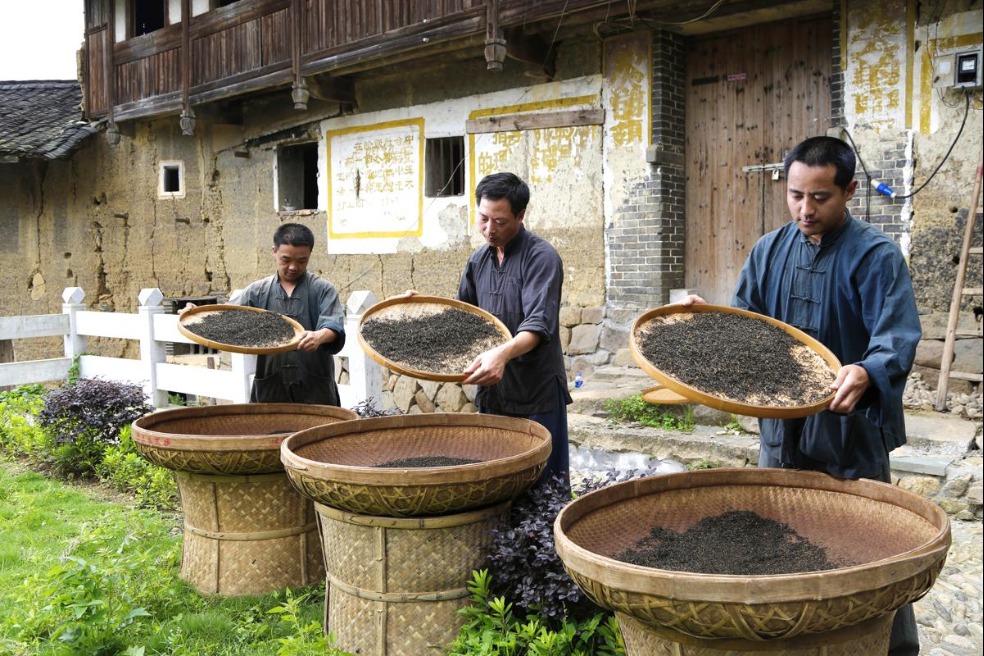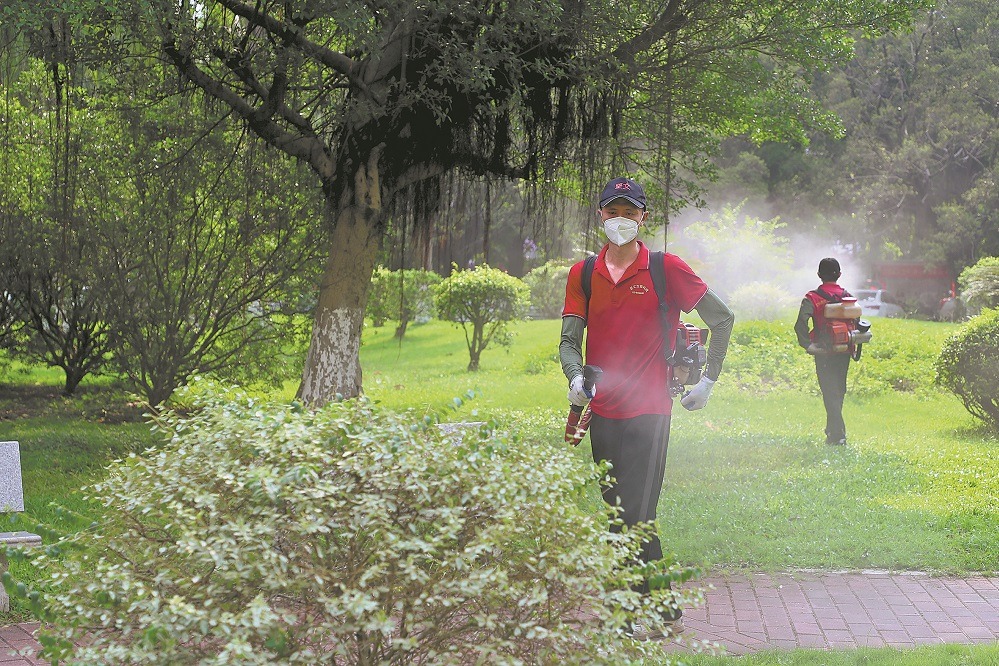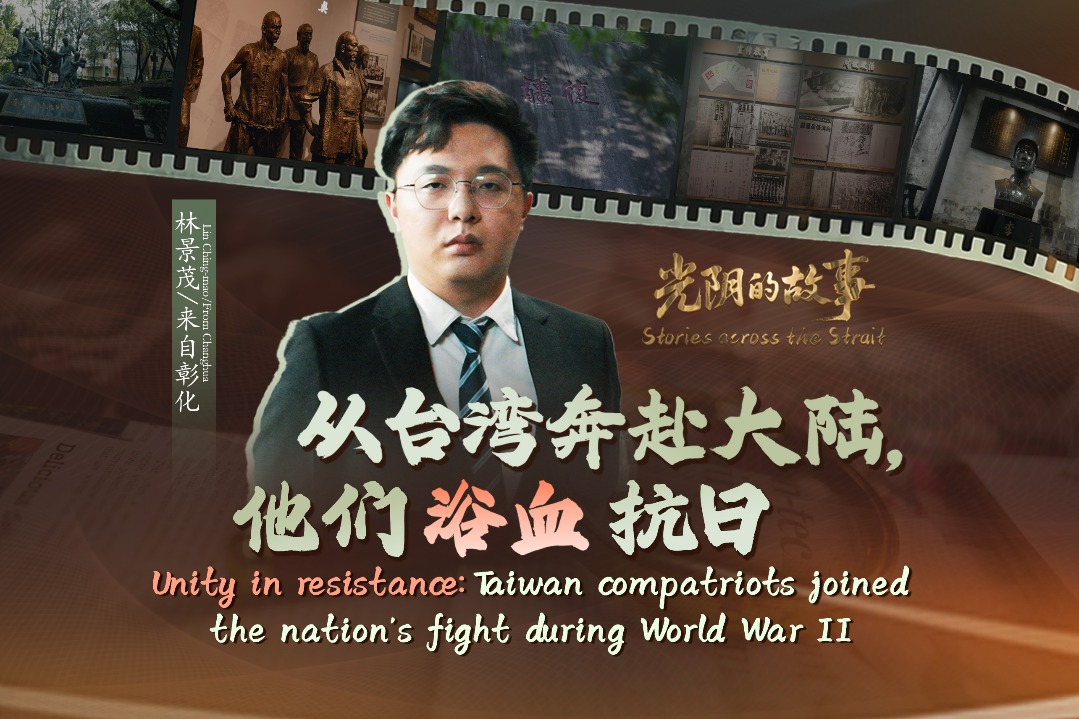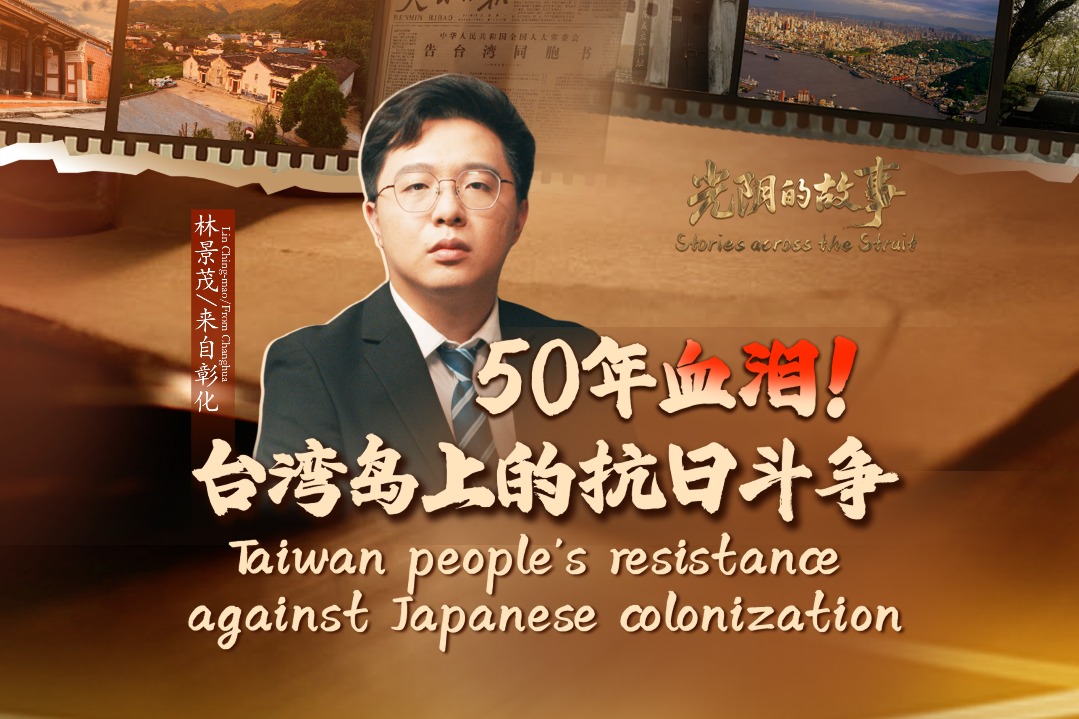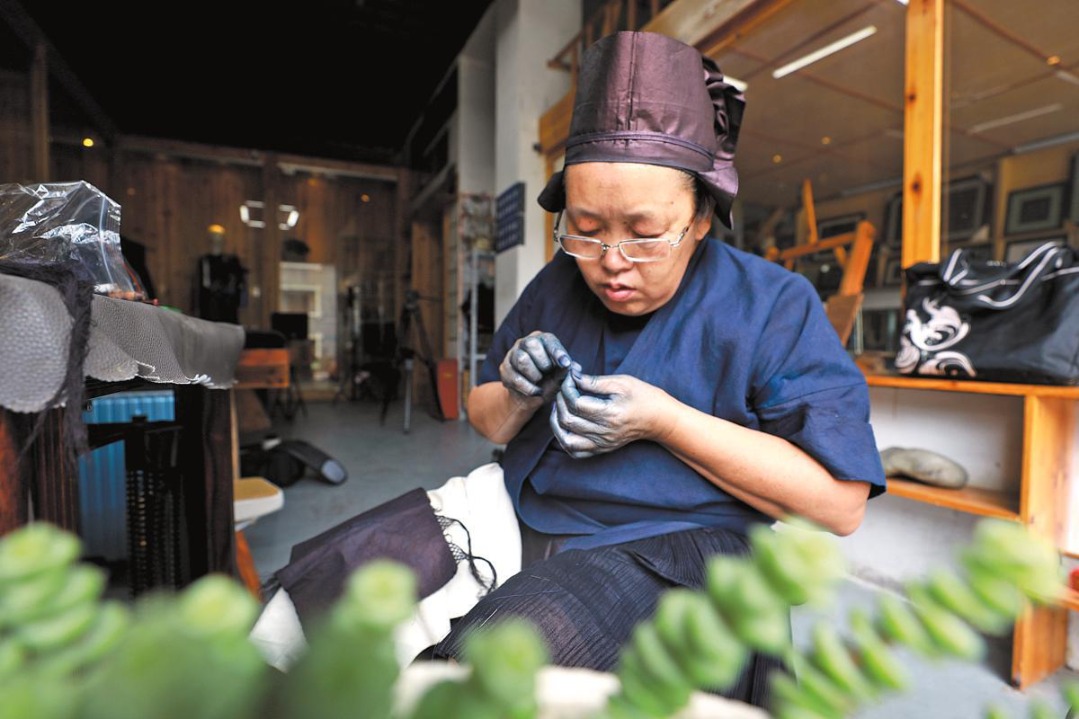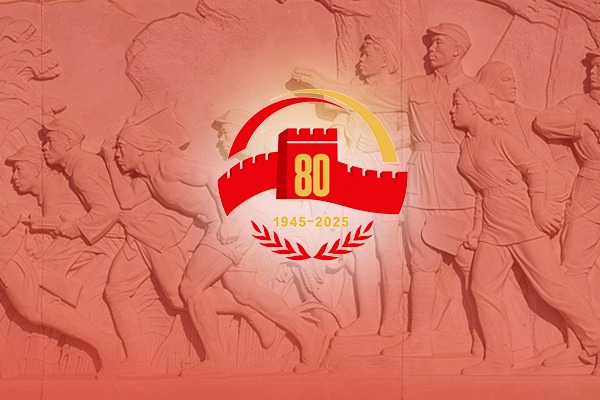Bridge still a beacon of hope for exam takers


If you were a candidate for the imperial examination over 500 years ago, you would probably pay a visit to a Confucius Temple and pray over a Zhuangyuan (Top scorer) Bridge, just as candidates for the national college entrance examination, or gaokao, still do today.
The Confucius Temple in Liangzhou district of Wuwei, Northwest China's Gansu province, built in 1439 during the Ming Dynasty (1368-1644), was once dubbed the "unparalleled Confucian academy in Gansu province" and has experienced years of expansion and upgrading.
The country's third-largest Confucius Temple consists of three groups of structures - the Confucian Academy, the Wenchang Pavilion and the Great Hall of Confucius, with the last being best preserved. Along with the Top Scorer's Bridge, Lingxing Gate and the statue of Confucius, the Great Hall of Confucius, the place for worship, stands on the axis of the whole complex and is flanked by towering old trees.
"The temple is the cradle for sages and is said to be where the Emperor Wenchang, the deity in Taoism in charge of fame and fortune, designates zhuangyuan, or the top scorers. Therefore, the place is regarded as a symbol of wisdom and blessings," says Ji Chunmei, who has worked in the Confucius Temple as a guide for 22 years.
In ancient times, zhuangyuan was the title conferred on those who came first in the highest imperial examination, which was the final round of the exam.
In feudal society, where "a good scholar will make an official", passing the exam was the only path to developing an official career. Thus, becoming a zhuangyuan was not only a supreme honor, but also the start of great expectations.
Among the historical sites in the Confucius Temple, a must-see is Zhuangyuan Bridge. As its name suggests, it was exclusively crossed by those candidates who became zhuangyuan.
What a moment of honor it must have been for numerous candidates. Not surprisingly, every year before the exam, gaokao candidates are fervent about taking a walk on the bridge in the hope of bringing them good luck.
While the imperial examination system was abolished in 1905, people still use the term "zhuangyuan" to refer to the No 1 candidates in today's gaokao, given the similarities in competitiveness and how it has also become an endeavor that can impact one's future.
"For the past decades, it has become a tradition that students attending the final exam would come to pay a visit and make a wish by tying red ribbons on Zhuangyuan Bridge. The goal is pure and simple – to succeed in the examination in order to get into a good college," Ji says.
This year was no exception when the Confucian Temple was host to thousands of local visitors.
"There have been so many ribbons recently around the days of the 2019 gaokao, so we've had to clear the bridge every day," says Ji.
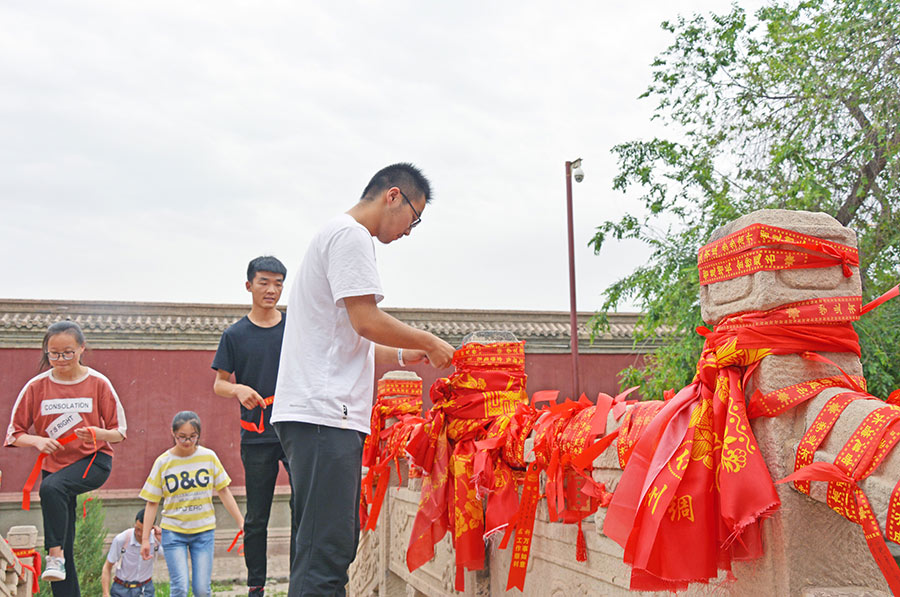
Rambling in the peaceful and scenic yard, one can find students coming along with fellow classmates or family members. Some appear relaxed enough, while others look more solemn, as though they have the full weight of the gaokao on their shoulders. Some are happy enough to chatter away with their companions, while others stroll the grounds lapping up the beauty of the pond and bridge in quiet contemplation. The coming day is without a doubt a big one for them.
The 18-year-old Qi Jie came with her father from Huangyang county in the suburbs of Liangzhou district. "I've never been here before, but I've heard about it a lot from the people around me. I just feel peaceful and relaxed at this moment. I'm confident that I can do well in the examination."
For five other students from Huangyang, the examination gives them an opportunity to see a bigger world.
"I'd like to finish my college studies in the city of Nanjing (in East China's Jiangsu province, about 2,000 kilometers away). Its history and culture is so appealing to me." Another says, "I grew up in Huangyang county and have never been to any other places before. If I pass the exam, I'd have the chance to experience Nanjing by myself."
The others want to study in Tianjin (in North China), Shenyang (in Northeast China), and Suzhou (in East China) respectively.
Among the students and parents, Tian Zhaoliang from Wuwei No 6 Middle School stands out in the crowd for the red silk scarf he wears.
"It's my second time to take the exam. I unfortunately failed last time and I've got to get it right this year. The red silk scarf was given to me by my family to boost my confidence. I'm fully prepared now. I hope the lucky stars are on my side this year."
"The gaokao is such a huge pressure," says Ji. "For too many students, it's nearly the one and only opportunity to change their life. A short visit to the Confucius Temple will not only pacify the students, but also serve as psychological therapy for the parents. It's nothing about feudal superstition but just about good wishes. In some sense, the practice manifests the traditional culture of Liangzhou district."
The temple has witnessed an estimated 4,600 visits from June 1-7.
- Building barriers against shifting sands
- New evidence of historical Japanese germ-warfare unit released
- Taiwan compatriots joined the nation's fight during WWII
- 80th anniversary of WWII victory
- From Flying Tigers to Kuliang hills, US family treasures friendship with China since WWII
- Quick-test kit expedites Chikungunya response
















